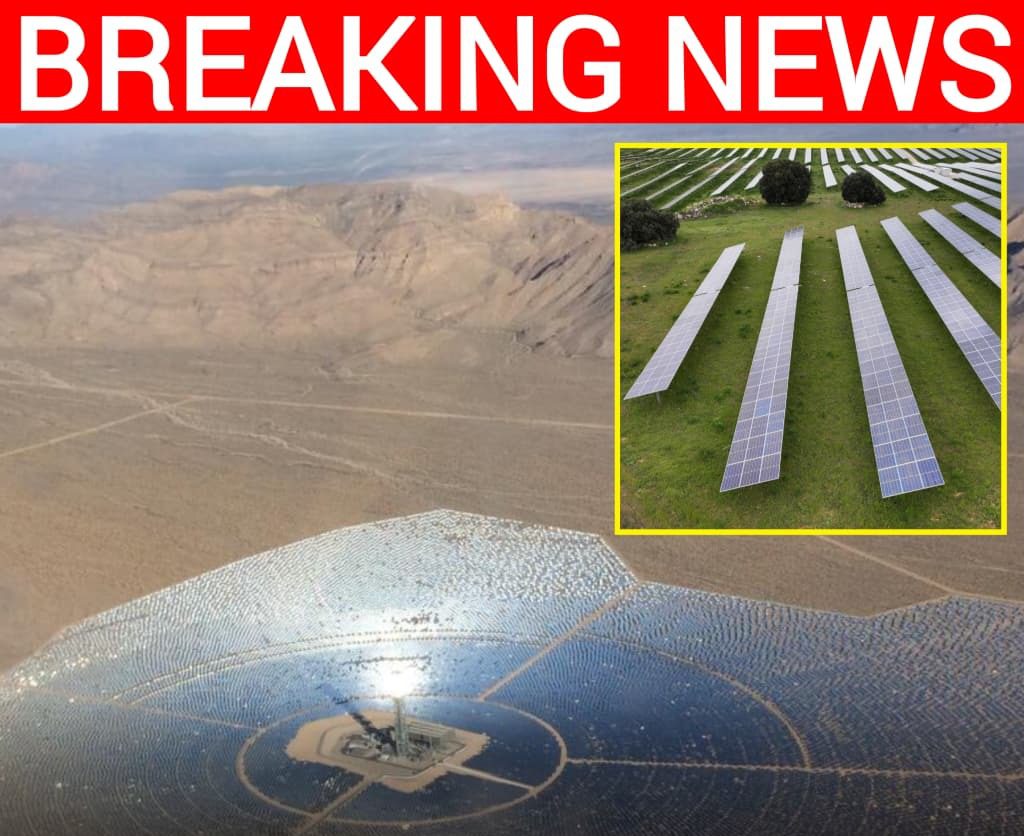California’s Ivanpah Solar Power Facility Permanently Closed After $2.2 Billion Investment Fails to Deliver on Promises
The Ivanpah Solar Power Facility in California’s Mojave Desert was once hailed as a breakthrough in renewable energy. With an eye-watering $2.2 billion price tag, government backing, and big-name investors like Google, the project was meant to be a shining example of America’s commitment to clean power. When it opened in 2014, it carried the weight of enormous expectations, promising to supply hundreds of thousands of homes with renewable electricity and reduce dependence on fossil fuels. But after more than a decade of operation, officials have now confirmed what critics had long suspected: the facility has been permanently shut down, never living up to the promises that once surrounded it.
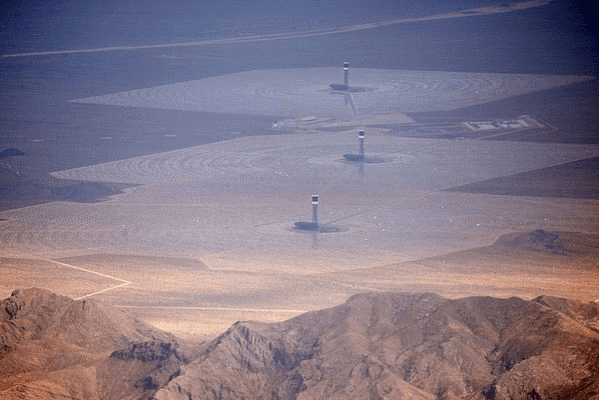
From the beginning, Ivanpah was an ambitious experiment. Instead of using solar panels, it relied on a vast field of more than 170,000 mirrors, known as heliostats, that reflected sunlight onto three massive towers to produce steam and generate electricity. On paper, it was cutting-edge, a symbol of American innovation. But in practice, it struggled almost from the start. Energy output fell short of projections, natural gas had to be used more often than expected to help the plant start up each morning, and costs mounted. Over time, as photovoltaic solar panels became cheaper and far more efficient, Ivanpah’s once-revolutionary technology began to look outdated.

The shutdown has sparked reflection not only about the plant itself but about what it means for the broader renewable energy movement. Supporters point out that every groundbreaking project comes with risks, and even if Ivanpah fell short, it still produced clean energy and paved the way for lessons in future development. Critics, however, argue that it was a costly experiment that delivered too little in return. What stings most for many is not just the financial investment but the symbolic loss of what Ivanpah was supposed to represent.
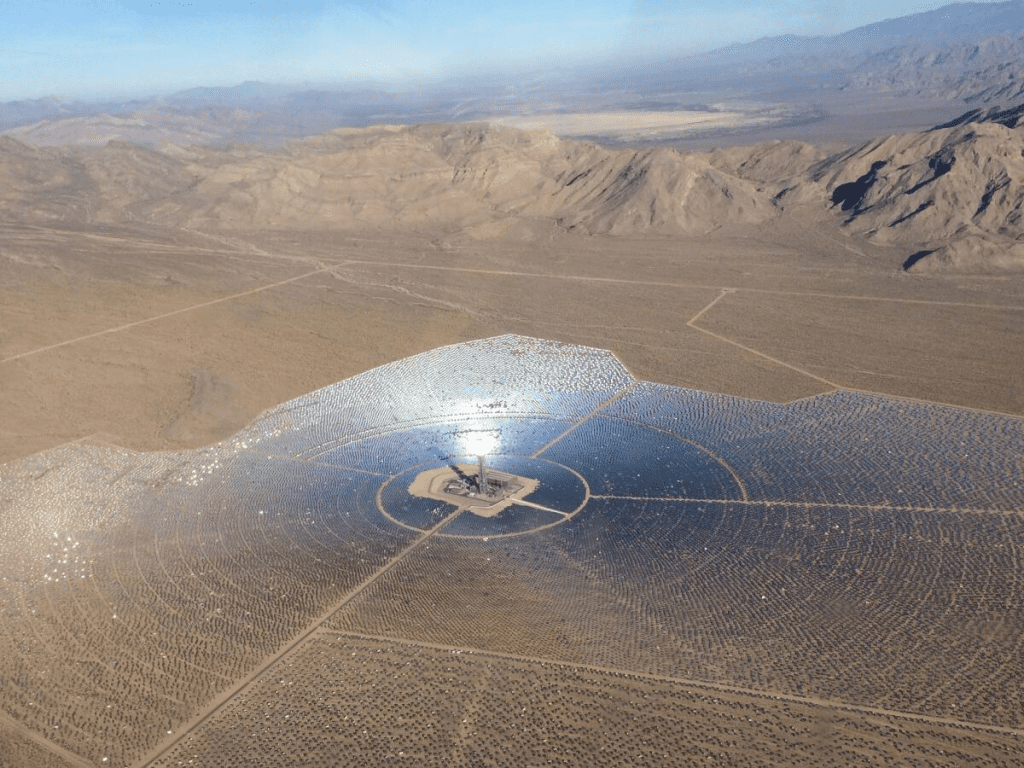
The plant also drew heavy criticism for its environmental impact. Reports estimated that as many as 6,000 birds a year were killed by the concentrated solar rays, literally burned mid-flight as they crossed the intense beams of light. Environmental groups raised alarms, saying that while the plant was meant to protect the planet, it was causing its own harm to fragile desert ecosystems. Desert tortoise habitats were also disrupted during construction, adding to the controversy. These issues added to the growing sense that Ivanpah was more burden than blessing.
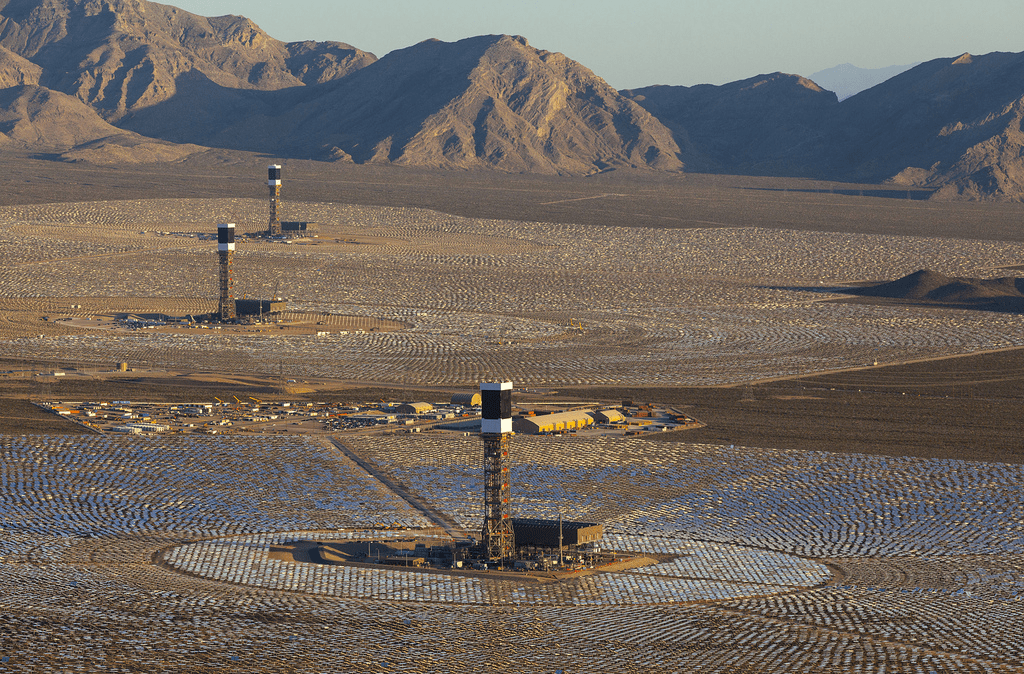
Now that it has been officially closed, the Mojave Desert will no longer see the sight of its towers glowing like beacons in the sun. What remains is a cautionary tale about the risks of big, expensive experiments in energy production. Some will view Ivanpah as a noble failure, one that tried to push the boundaries of what was possible. Others will call it a billion-dollar mistake. Either way, the lesson is clear: innovation comes at a price, and sometimes the results do not match the hype.
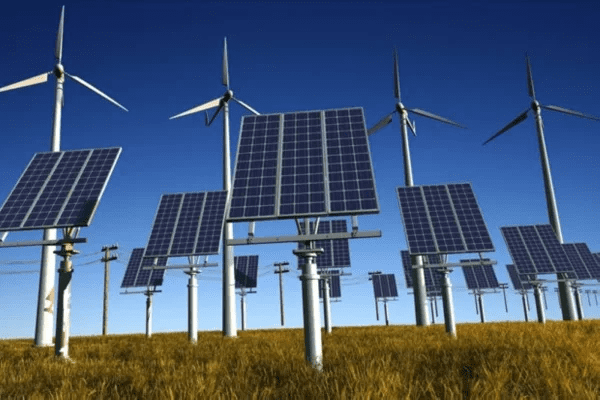
For California, the closure is bittersweet. The state remains a leader in renewable energy, with solar panel farms and wind projects continuing to expand. But Ivanpah’s story will linger as a reminder that not every project succeeds, even with the best intentions. It is proof that technology, politics, money, and nature often collide in unpredictable ways.
The sun will keep rising over the Mojave Desert, but Ivanpah’s mirrors will no longer turn to meet it. What was once celebrated as the future of clean energy is now a piece of history, leaving behind both lessons and questions about how to best build a sustainable path forward.
